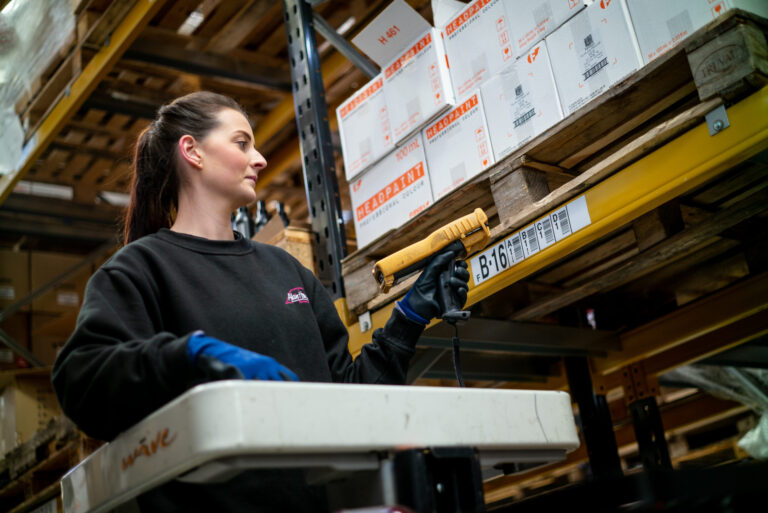Lockdown thrust the intricacies of e-commerce onto some retailers that were unprepared for the challenge, and with a focus on warehousing costs set to be the key trend in a tough economy in 2020, SnapFulfil believes it is well-placed to help logistics operations achieve their goals.

Speaking to Logistics Manager Tony Dobson, managing director at SnapFulfil, says the business has won contracts during lockdown as manufacturers were forced to sell goods directly to customers, rather than using traditional bricks and mortar stores to sell them.
“During Covid-19 a lot of B2B has switched to B2C, and our product is B2C engineered,” he says. “During lockdown people still wanted to buy products like soap dispensers and bins, plus contact lenses and vacuum cleaners, so customers had to buy them online.”
Yet starting up in e-commerce, particularly when your primary route to market for years has been through stores, is not an easy process but SnapFulfil is focusing on helping businesses through the journey: “E-commerce has been an early adopter of our technology. We’ve kept in front of everyone through using cloud infrastructure, but in e-commerce downtime of 10 minutes can mean missing delivery slots for clients. We have invested to make it as bullet-proof as we can.
“There is no point in being quicker and having speed of delivery if you are sending the wrong product to the wrong person. That puts the company under some pressure,” he says. “WMS tends to do well in a recession because people want to save money, and there will be a lot of people like that in the market. Business makes profit by keeping the cost low and e-commerce is all about being more efficient.”
It has also used lockdown to help e-commerce focused businesses use the boom. In May SnapFulfil signed a three-year software-as-a-service deal with online supermarket Farmdrop, and due to the demands for online groceries during lockdown, Dobson says the firm has seen growth in “the hundreds of percent levels”. Dealing with growth of such a rate also requires a focus on cost, and not allowing it to spiral.
The remainder of 2020 will also see a focus on innovation, with Dobson hinting at the development of assistive technology for pickers and also focusing on robotics as a growth area. But robotics means autonomous mobile carts, and not picking robots for high intensity picking operations.
“When it comes to high intensity picking 24/7, people can pick up a tennis ball instinctively, so we do not see the future of robotics as picking, we see people doing that.”
To that end SnapFulfil debuted the SnapCart at the Robotics and Automation Exhibition last year. Designed to help small parts picking and e-commerce fulfilment centres streamline picking operations, SnapCart works side-by-side with manual carts and operates under a cellular picking model. This means warehouse pickers are assigned to smaller cells, which are serviced by autonomous carts working on a pick-to-light system. This means that pickers’ daily walking distance can be reduced from as much as 15 miles to one mile.
Looking to the future, Dobson says: “You need to deliver accuracy. It is more important than ever.”
![]()
SnapFulfil (Stand 320) will be exhibiting at IntraLogisteX – the UK’s only intralogistics show in 2020 – which takes place on the 29th and 30th September 2020 at the Ricoh Arena, Coventry. Register your interest now at www.intralogistex.co.uk







